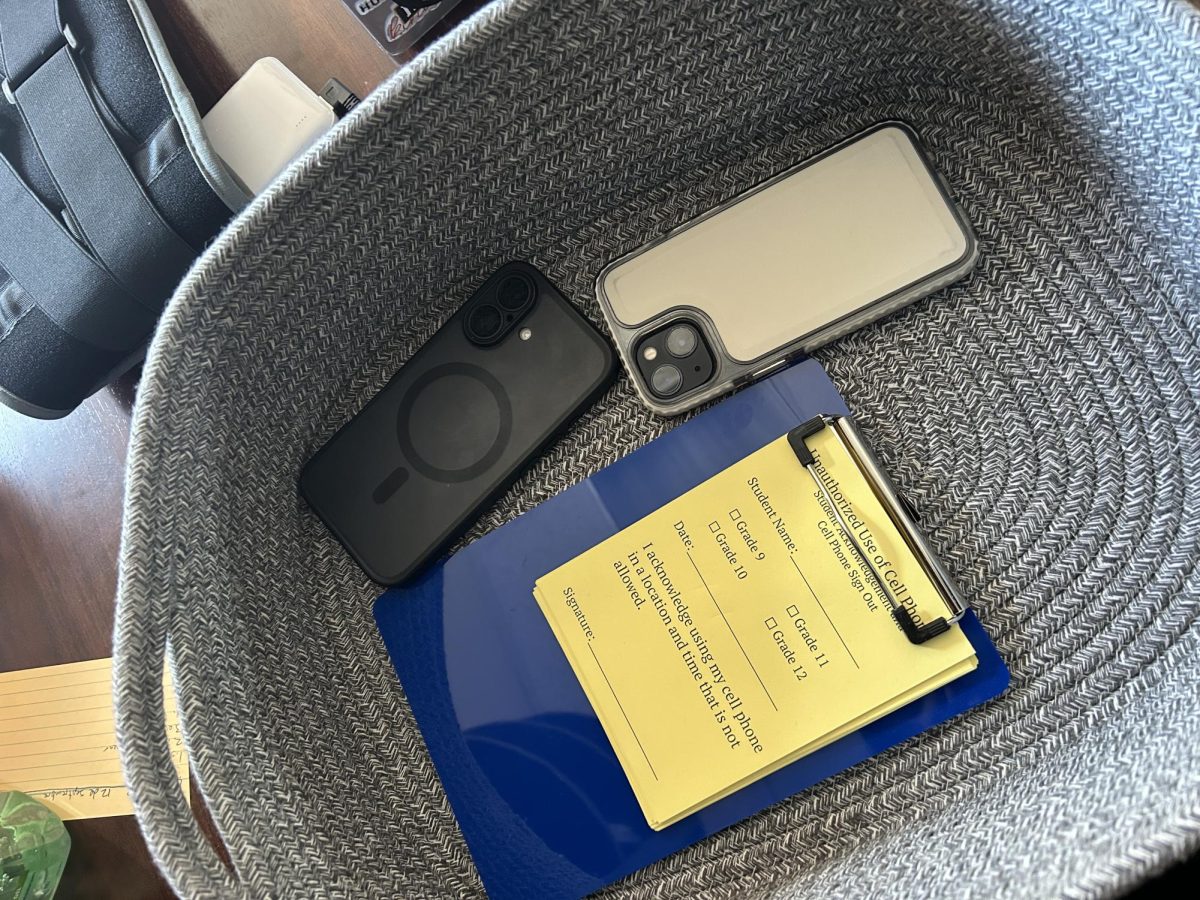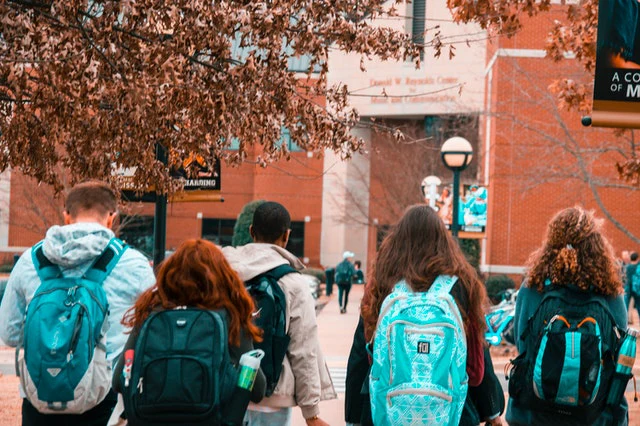We’ve all missed school at some point or another. Maybe it was because you were out sick with the flu, maybe you had a dentist appointment, or maybe you slept in that morning. Whatever the case, each and every one of us makes it into the absence data, but how does our school overall compare to the national averages for student absences in high schools?
On March 29th of this year, the New York Times published an article titled “Why School Absences Have ‘Exploded’ Almost Everywhere.” According to the article, 26 percent of public school students were considered chronically absent last school year, up from 15 percent before the pandemic. They define “chronically absent” as missing 10% or more of the school year. Reasons for this increase include extensive vacationing, needing to stay at home to care for family members, sickness, and mental health days.
Now, let’s see how our school stacks up to these national standards. We observed data from 2016-2017. Between the start of the 2016-2017 school year up until now, there have been a total of 18,629 student absences from high school total. Here’s the breakdown of statistics from each school year:
2016-2017: 2,840
2017-2018: 2,748
2018-2019: 2,815
2019-2020: 1,231
2020-2021: 1,454
2021-2022: 2,736
2022-2023: 3,086
2023-2024: 1,718 (last data point was on April 12th)
Secondly, we found the breakdown of student absences by reason. Recently, the data has been put into the system as either excused or unexcused, and not coded as a specific reason (starting in the spring of 2020). There were 2,020 unexcused absences, and 8,693 excused absences from then until now. Before the spring of 2020 though, there were specific entries by reason for absences. There were 3,972 sick absences, 1,697 family event absences, 626 college visit absences, 1,349 dental/medical absences, and 67 legal absences. It is unclear what the “legal absences” consist of, and we asked Ms.Creque for more details, but she was not able to elaborate as those data points were recorded before she worked at SSSAS.
As you can see, the data dropped significantly during the 2019-2020 and 2020-2021 school years. This is due to Covid, and the extreme leniency, inconsistency, and changing standards of distance learning. After Covid though, the amount of absences seem to have increased only slightly. The highest number of absences since the 2016-2017 school year is the 2022-2023 school year. This aligns with the New York Times article which also finds that the number of absences has increased since Covid years. Luckily, our school has not experienced nearly as much of an increase in absences as the schools in the New York times article which show an increase of 11% since before Covid.
We sent a Google form out to the SSSAS upper school students and received 37 responses in return. The first question asked how much students think they miss school per month, and 63.9% said 1-2 days. 27.8% said they miss 3-4 days of school each month. Next we asked what the most common reason for students missing school is, and the majority of students said they were sick (56.8%). The second most popular response was that the students “didn’t feel like going to school” (13.5%). Most people think that it is hard to do makeup work from when they were absent (48.6%). The next question asked if students think coming to school in person is important on a scale from 1-5 (1 being very important and 5 being not important). Thirteen people said very important, 9 said important, 6 said neutral, 9 said not very important, and one said not important. We also asked what students value most about coming to school, and 40.5% said social interaction. Thirty five percent said learning in the classroom, and 14% said extracurricular activities such as sports or Stage One.
Students were additionally given space to share their thoughts on the subject. One student said “most people skip classes when they’re at school, and a lot of people leave early and skip the last period.” Another said “even when I am sick, I still go to school because it is very hard to make up work and catch up.” Someone else said “I only show up for sports.”
Obviously, there are a lot of varying thoughts and opinions on this topic, so to get a better understanding of the issue from an administrative standpoint, I interviewed Mrs. Adams, the head of school.
“I think it’s extraordinarily important for our students to come into school in person,” she said. “I think one of the great benefits of our school is not only the academic learning, but the community learning that you do so I think it’s imperative.”
Next, I asked her how much she thinks mental health days should be permitted and approved by the school. She said “To me, those are family decisions, and mental health provider decisions about when a mental health day is appropriate. When you have too many absences, it makes it challenging as a student. And so I think that if the number of mental health days is becoming a problem, we certainly should be addressing it. But to me, that’s a family and a mental health provider’s decision.”
As we continue to navigate life after Covid, and school after Covid, we will continue to see if the number of student absences increases, or evens out. Additionally, what are some things you think the school, or schools in general could improve on, invest in, or change in order to make school a place where students feel safe, loved, and excited to go to? If you have any ideas of ways we can improve as a school community, reach out to The Voice!























